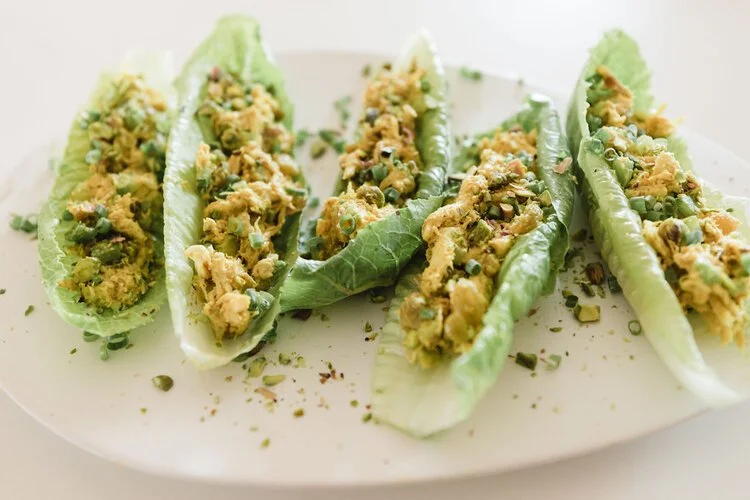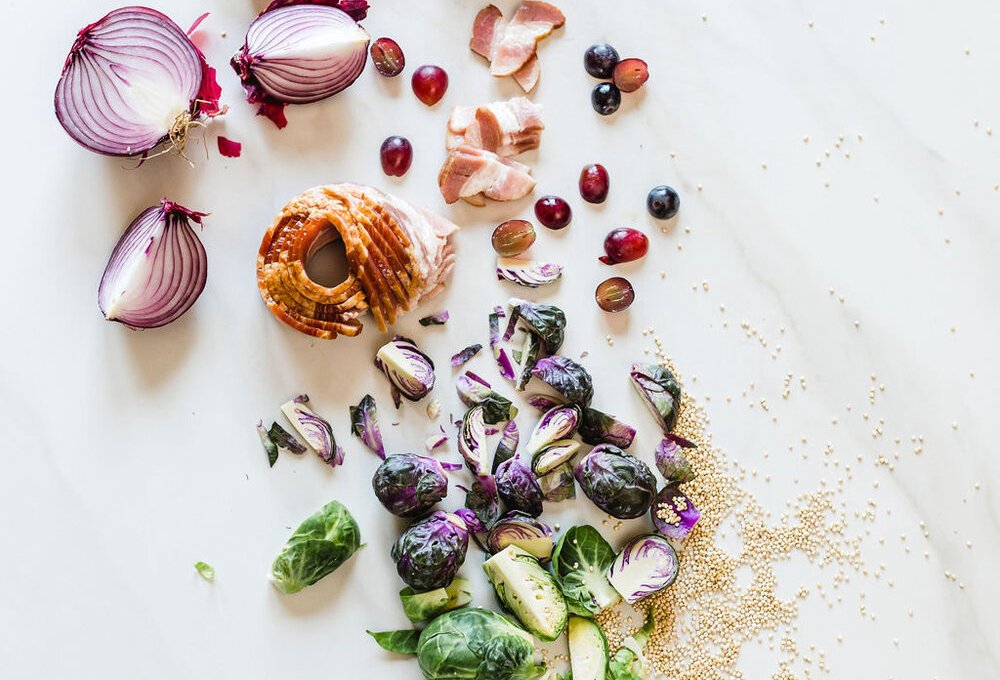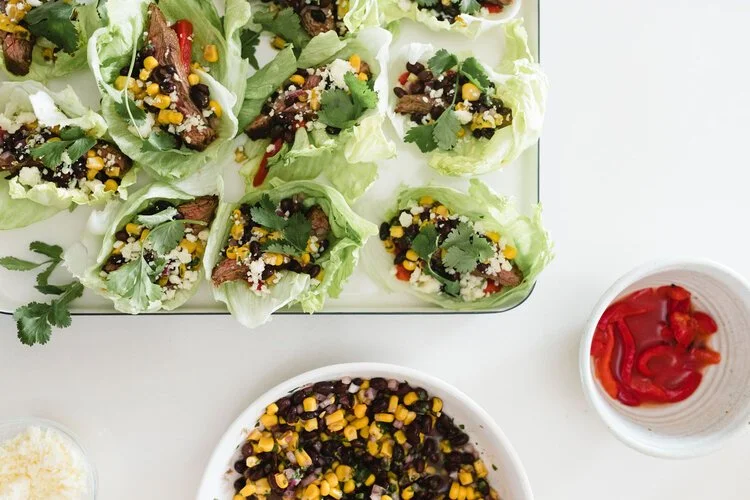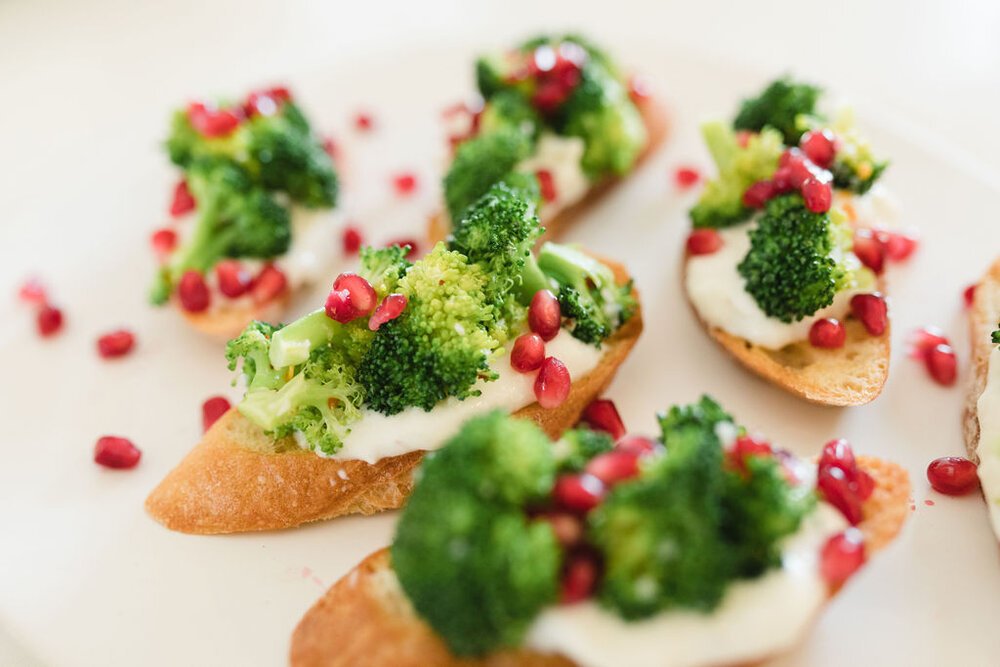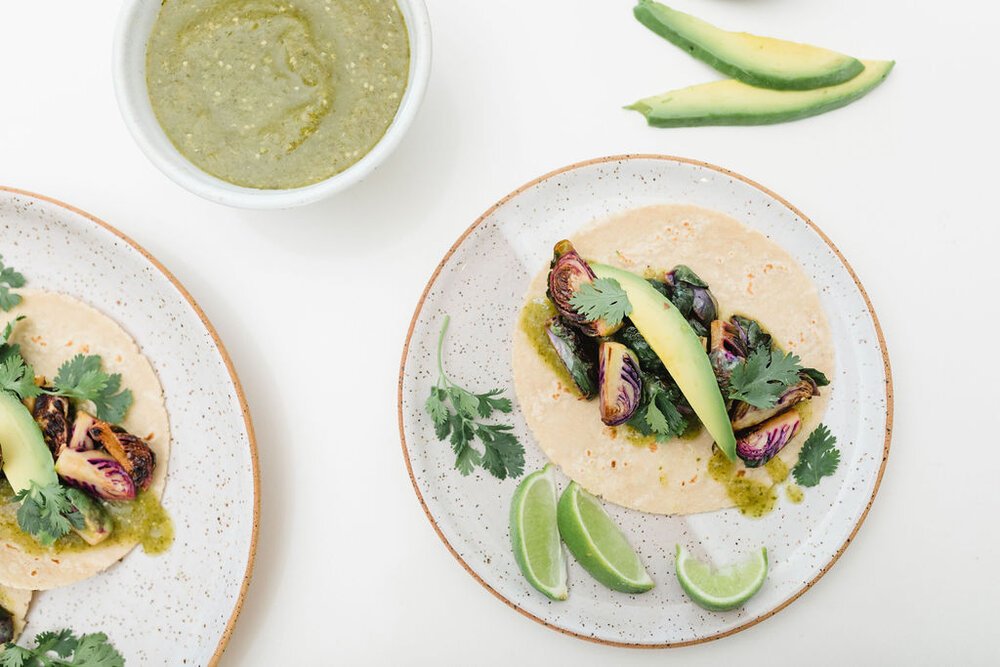What is a tasting menu? Is it reserved for special parties or offered to every guest? Is it one of multiple menu options or the only option?
The answers depend on how you want to incorporate the service into your restaurant operations.
What used to be a fine dining specialty is now a creative opportunity for every commercial kitchen. Today’s tasting menus are quickly going mainstream and leaving their expensive reputations behind.
Diners are finally enjoying multiple courses without the fear of being overfed. Chefs are showcasing their talents with a delicious range of new tasting menu recipes.
It’s easy to develop this kind of success when you develop a tasting menu with simple concepts.
Keeping It Simple: 17 Tasting Menu Ideas That Really Work
As a foodservice professional, you know running a restaurant means handling ever-changing details every day. Keeping things simple streamlines it all from food prep to service shifts.
Apply that same principle for success to tasting menus with these easy ideas that really work.
1. Do What You Do Best
Let your tasting menu set a new stage for in-house creativity. Develop it as an extension of the unique recipes that make your restaurant stand out from the competition.
Don’t deconstruct what already works. Instead, simply reimagine and downsize guest favorites.
2. Think Outside The Ingredient
Thinking beyond standard ingredients in a tasting menu is crucial to creating a unique and memorable dining experience that showcases your creativity and innovation.
Try pairing roasted purple Brussels sprouts with tangy tomatillo salsa and avocado in a delicious taco.
3. Maintain Menu Balance
As you develop new menus, be careful to maintain the same balance that makes a full-course dinner so enticing.
Most ingredients blend better when they share flavors.
Downplay contrasts on small tasting plates by maintaining a balance of light and rich elements.
4. Give Guests Room To Breathe
How many courses does it take to stuff a guest?
Kitchen-test your tasting menu before its first service so that you know the answer to this important question.
Dining guests don’t want to finish a meal feeling uncomfortably full.
We suggest including selections that combine fresh ingredients.
For example, small plates of salmon cucumber tartare bites keep servings light and satisfying.
5. Give Them Creative Space
Let restaurant guests play with the food on your tasting menu. Giving them the option to mix and match selections enhances their customer experience at your tables.
It's a concept that works well at the Charleston, one of Baltimore's premier dining destinations.
Guests can choose as few as three and as many as six items from the restaurant's fixed tasting menu.
6. Pay Attention To Portions
When tasting menus first swept across the fine dining scene in the early 1990s, they were all about grand presentation and gourmet decadence.
That kind of excess weighs down food costs, so take advantage of today’s lighter tastes.
Smaller portions stretch the dollars you invest in costly ingredients.
7. Offer Serving Flexibility
Make the tasting experience even more inviting by accommodating both small and large groups.
We like the tasting menu examples from Chef Josiah Citrin's Melisse in Santa Monica.
His Michelin Star restaurant caters to parties of four, seven or 10 with tasting menus that fit the table.
8. Show Your Commitment To Sustainability
Reflect your commitment to sustainability with the selections on your tasting menu.
Today’s consumers appreciate dining options that include fresh produce grown and harvested with best agroecological practices.
Sustainable ingredients on the menu are simply good business for both your restaurant and the planet.
9. Show Off Regional Flavors
Some of your best tasting menu ideas are right around the corner.
Chef Michael Cimarusti shows off regional pride with regional flavors at his Providence restaurant in Los Angeles.
He keeps multiple tasting menus fresh with delicious seafood offerings that keep his tables filled with happy guests.
10. Keep Tasting Menu Planning Simple
Are you developing a tasting menu that showcases your main menu? Do you want to focus on a specific ingredient or cuisine?
Once you decide on an overall direction, streamline your options for easier prep and service.
Keeping it simple takes the work out of reworking a menu for special occasions.
11. Go Decadent With Desserts
What is a tasting menu without dessert?
There’s nothing unsophisticated about presenting your sweetest offerings to guests at the end of a meal.
Just ask Chef Rory MacDonald about customer response to the dessert tasting menus at his New York eatery.
The desert bar inside his Flat Iron District Patisserie Chanson restaurant enjoys reservation-only success.
12. Cater to the Kids
Turn menu exploration into a family affair.
Offer young guests their own kid-friendly tasting menu selections.
It's a great way to keep them entertained at the table, and that keeps parents happy too.
These recipe ideas are perfectly sized for the younger set.
Crispy macaroni and cheese bites
Kid-sized taco cups
Mini cheesecakes with cherries
13. Market Your Regionality
Every region across the country lays claim to its own cuisine. Downsize your local specialties, and incorporate them into a tasting menu that serves up familiar favorites.
The 610 Magnolia in Louisville, Kentucky, offers these location-centric selections crafted from traditional ingredients.
Butternut squash and goat cheese agnolotti
Duck breast with plum sauce and charred okra
Bourbon cake bites with chocolate maple syrup
14. Showcase the Seasons
You can operate multiple fast-casual restaurants and still bring in new business with tasting menus. The Lazy Dog does it every day in eight different states.
Their seasonal selections consistently generate repeat business. Spring tasting samples include:
Watermelon margaritas
Pulled pork mini sandwiches
Triple chocolate mousse
15. Feature the Freshest Produce
Most fresh produce is available year-round, and that makes it ideal for menu development.
Here at Hitchcock Farms, we supply premium vegetables to foodservice operations all across the country.
We offer a few of our favorite recipes for supplying your restaurant guests with deliciously healthy tasting menu options.
16. Reimagine Cultural Classics
This tip is especially effective for focusing on a specific type of cuisine. If your location built its reputation on Italian, Caribbean, French or Mexican dishes, deconstruct the classics.
Reimagine them as small bites that elevate traditional tastes.
James Beard Award-winning Chef Tyson Cole's Uchi restaurants demonstrate the success of this menu tasting strategy.
His non-traditional Japanese selections include:
Bluefin tartare
Salmon belly sashimi
Soft-shell crab maki
17. Give Vegetarians Tasting Variety
Offering more than one type of tasting menu opens up your tables to additional business.
Acquerello in San Francisco specializes in white-table cloth service and tasting options inspired by Northern Italian cuisine.
Here are a few examples of the elegant vegetarian selections that earned the restaurant its two Michelin stars.
Vegetable crudite with whipped olive oil
Mushroom duxelles
Almond mousse with lemon balm
We Support Your Best Ideas
Consumers love new dining options, and they always appreciate fresh ideas in familiar settings.
Give your restaurant guests that irresistible combination by developing tasting menus around your house specialties.
Make the menus successful by keeping them simple and blending your best ideas with your kitchen’s culinary creativity.
We’re here to support your foodservice operations with our own time-honored specialties. We grow and ship premium produce all across the country, and we’re proud of our many years serving as industry leaders.
From baby iceberg lettuce to artichokes and Brussels sprouts, you can depend on Hitchcock Farms to deliver our very best.


